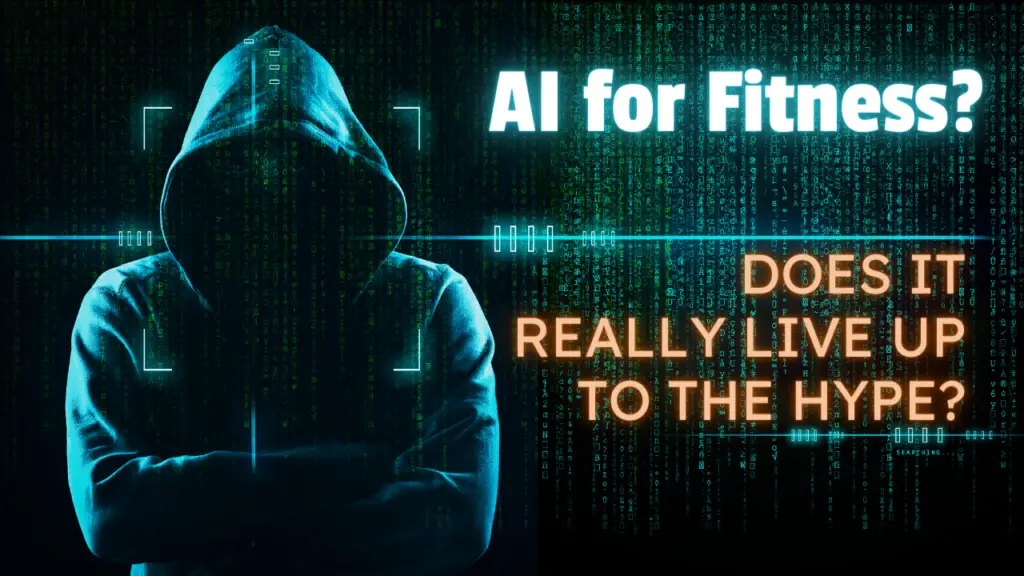Using AI for fitness may seem like a modern-day solution. Brands like Peloton and Tonal promise an at-home personal trainer experience powered by smart technology. But is that program really right for your body? Will it help you progress—or leave you frustrated and stuck?
Hi, I’m Ekemba Sooh, owner of SolCore Fitness. I’ve spent 30 years helping people move, heal, and grow through a unique system based on osteopathy. That means I approach the body as a whole, with every part affecting the next. So when I see people relying on AI for their workouts, I can’t help but ask: is this truly helping?

Why AI Alone Falls Short in Fitness
AI—artificial intelligence—is smart. It can write content, answer questions, and automate tasks. I even use it myself to help outline articles. But when it comes to fitness, things get complicated. Most AI-powered fitness systems use general programming pulled from a shallow pool of traditional exercise science.
That’s a problem. Because if traditional fitness programs worked well on their own, we wouldn’t have an obesity epidemic, chronic pain issues, or confusion about how to train properly. You can be motivated and consistent, but if the program itself is misaligned with your body’s needs, you won’t get far.
Fitness companies saw a shortcut. They cut out human trainers and replaced them with tech. And because many people are already familiar with the exercises AI promotes—squats, deadlifts, pushups—it feels safe and familiar. But familiarity isn’t the same as effectiveness.
What AI Can’t See
AI doesn’t know your fascial restrictions, your structural imbalances, or your injury history. It doesn’t know if your pecs are tight or weak, or if your hip joint is compressed. It gives you a squat whether or not your body can do it safely.
Those “seven primal movements” (squat, bend, push, pull, lunge, twist, gait) are great—but only if your body is ready. Most people have compensations and limitations that need to be addressed first. Without that prep work, AI is just automating dysfunction.
For example, say you’re doing pushups. If your pecs are underdeveloped or overly tight, your body will still complete the movement—but it will cheat. And no amount of AI coaching will correct that unless it also includes isolation, fascial work, and joint mobility training.
A Holistic Approach Technology Can’t Replicate
I’m not anti-tech. I use Zoom to work with clients, spreadsheets to track progress, and video to educate. But I don’t let AI drive the program. I use human insight, years of study, and real-time feedback to shape each client’s path.
True holistic training means knowing which chains of movement are involved, how fascia influences motion, and how one area can throw off the whole system. It’s not just about what exercises you do, but how and when you do them—and what comes before.
Osteopathy embraces complexity, not generic templates. And while that makes it harder for big companies to scale, it’s also why it works.
Should You Use AI for Exercise?
If your goal is to move your body a few times a week and you’re not looking for deep transformation, then yes—AI can offer a convenient, affordable option. But if you want long-term results, sustainable change, and to actually understand and work with your body, it falls short.
Fitness isn’t about just “doing workouts.” It’s about building a relationship with your body—knowing what it needs, how it responds, and how to support it fully.
Want to Learn More?
If you’re ready to explore a smarter, deeper way to train, check out the resources below:
- 📘 Download my free eBook: How to Live Your Best Life
- 📞 Book a consultation call to find out if this holistic program is right for you
I’d also love to hear from you—have you tried AI-driven fitness tools? What was your experience like? Drop a comment or reach out and let’s have a real conversation about it.
Until next time,
Ekemba
it’s not just working out, it’s building a foundation for a better life.
Find out more @

Leave a Reply